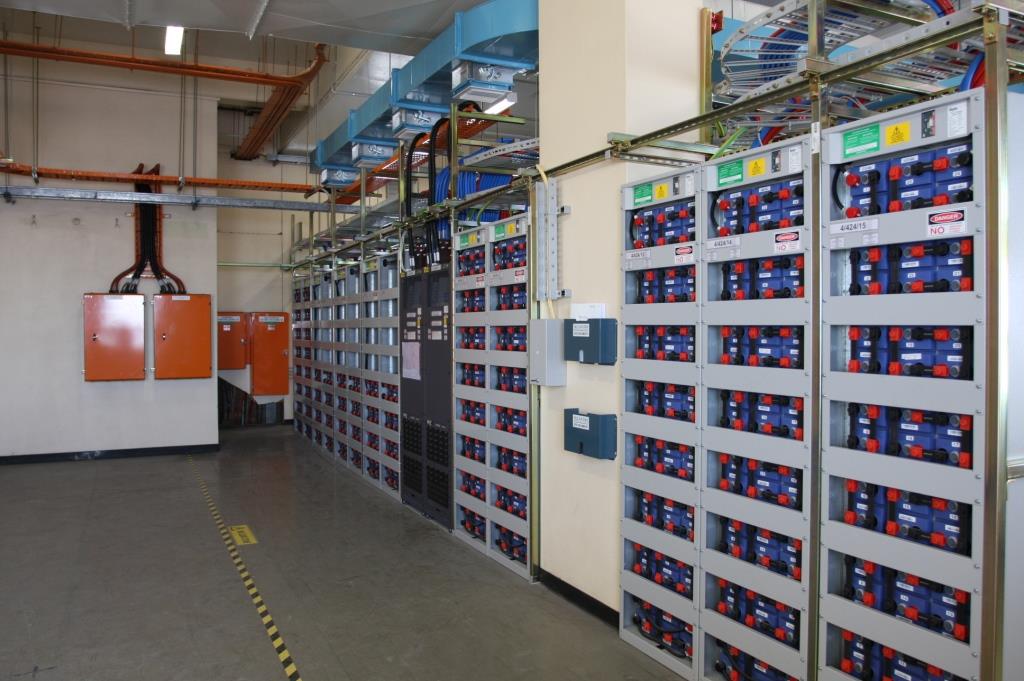Battery Storage and Charging Systems
A rechargeable battery (also known as a storage battery) is a group of one or more secondary cells. Rechargeable batteries use electrochemical reactions that are electrically reversible. Rechargeable batteries come in many different sizes and use different combinations of chemicals.
Commonly used secondary cell (“rechargeable battery”) chemistries are lead acid, nickel cadmium (NiCd), nickel metal hydride (NiMH), lithium ion (Li-ion), and lithium ion polymer (Li-ion polymer).
Rechargeable batteries can offer economic and environmental benefits compared to disposable batteries. Some rechargeable battery types are available in the same sizes as disposable types.
While the rechargeable cells have a higher initial cost, rechargeable batteries can be recharged many times. Proper selection of a rechargeable battery system can reduce toxic materials sent to landfills compared to an equivalent series of disposable batteries.
For example, battery manufacturers of NiMH rechargeable batteries claim a service life of 100-1000 charge cycles for their batteries.
Ryan Wilks can design, procure and install re chargeable battery storage system to meet most client’s needs.


